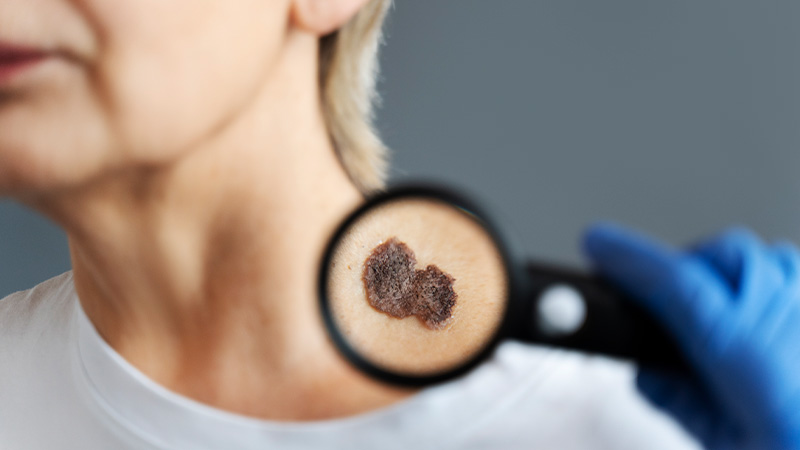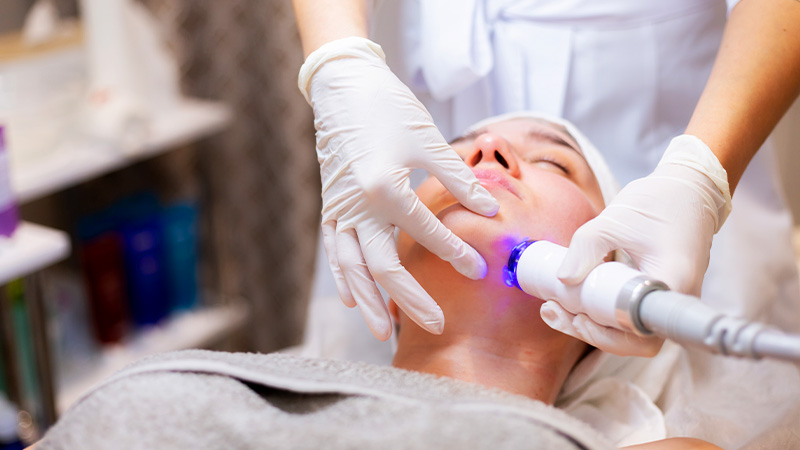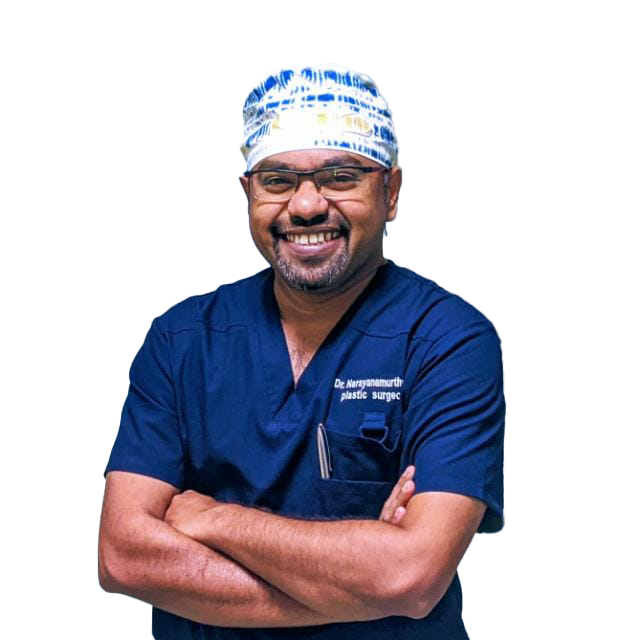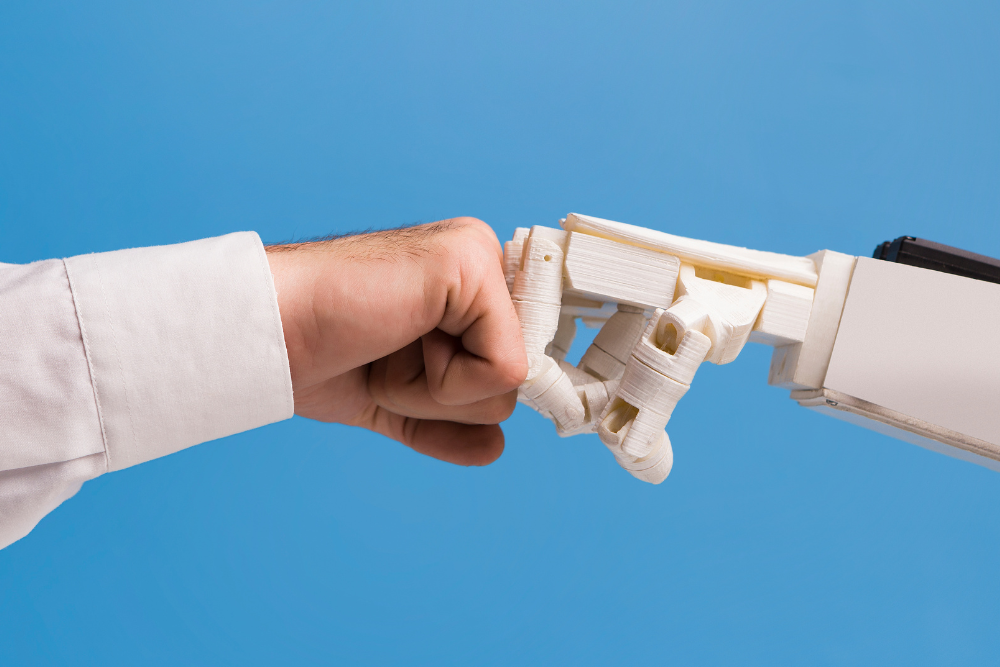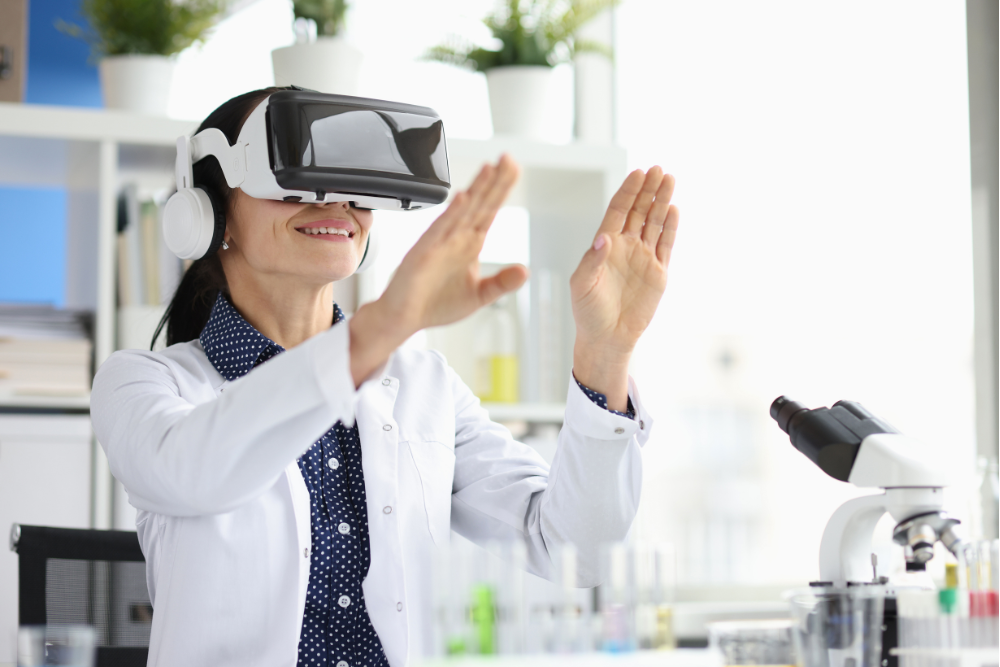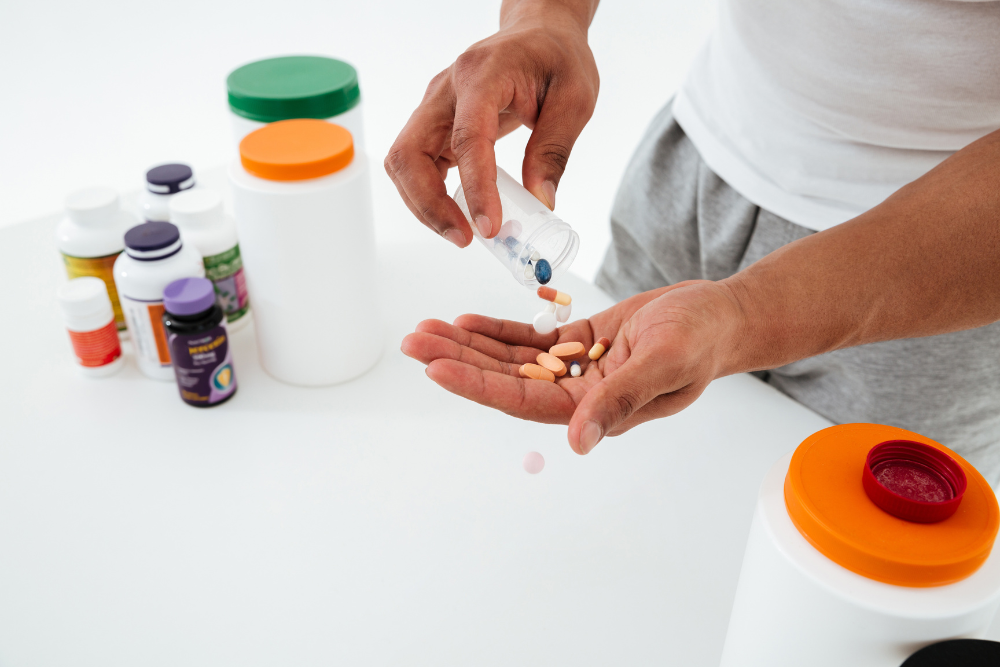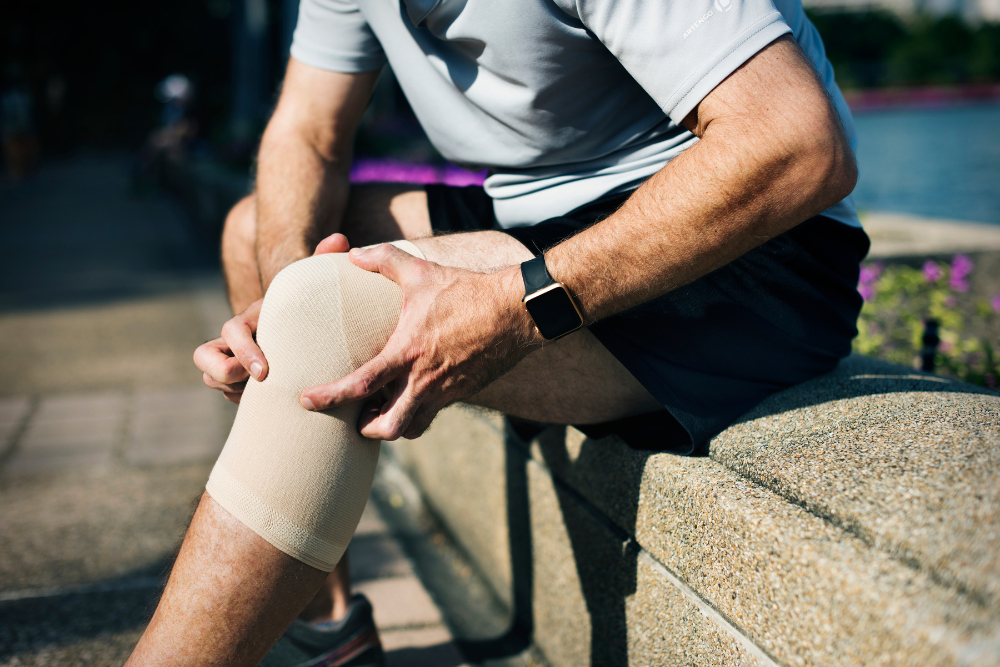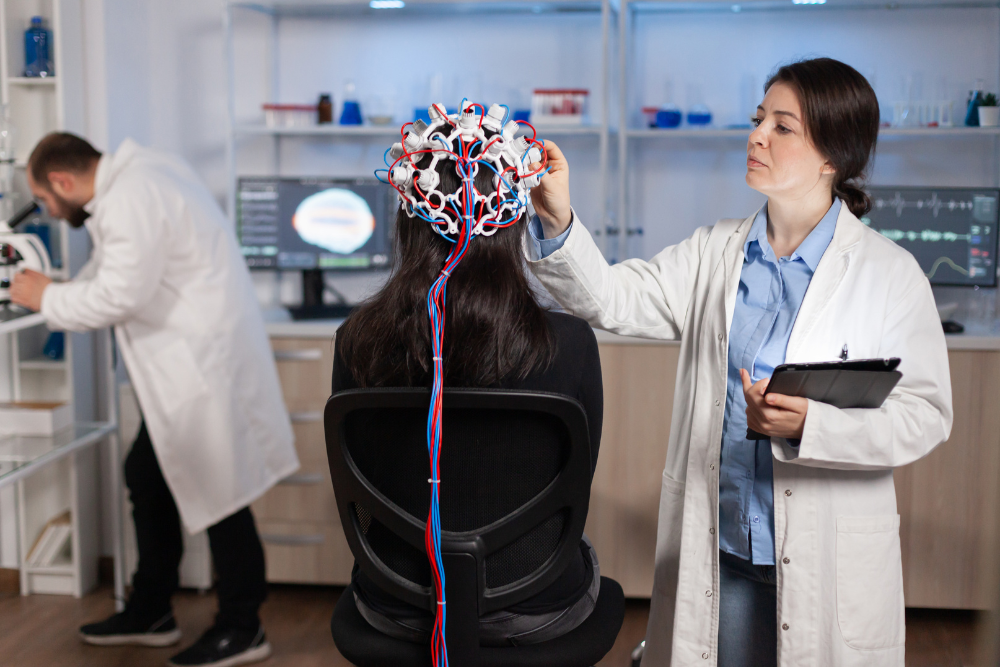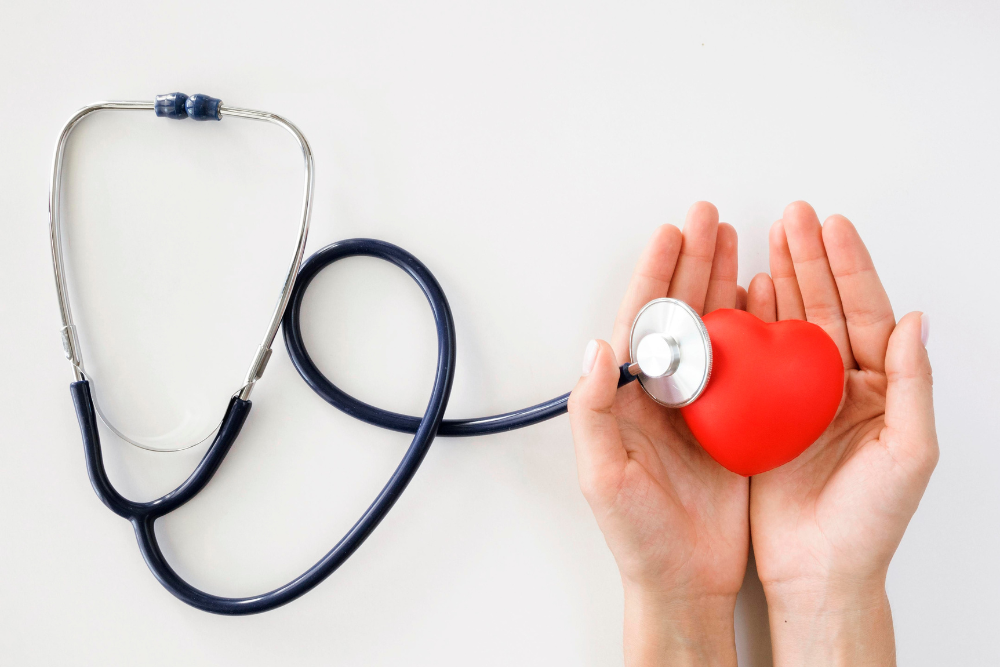Overview
Plastic and reconstructive surgery goes beyond aesthetics. It's a transformative discipline dedicated to restoring function and confidence, following trauma, disease, or congenital conditions. At Parvathy Hospital, our skilled surgeons employ the latest techniques to mend and reshape, empowering patients to live life to the fullest.
Common Problems We Address
- Facial trauma and reconstruction: Scars, fractures, congenital anomalies, and burns.
- Hand and extremity injuries: Loss of function, amputations, and nerve damage.
- Breast reconstruction: After mastectomy, lumpectomy, or for breast asymmetry.
- Burn injuries: Scar minimization and functional restoration.
- Skin cancer removal and reconstruction: Melanoma, basal cell carcinoma, and other malignancies.
- Congenital defects: Cleft lip and palate, craniofacial anomalies, and limb malformations.
- Body contouring: Liposuction, tummy tucks, and breast augmentation/reduction.
- Facial rejuvenation: Addressing wrinkles, sagging skin, and other signs of aging.
Common Treatment Options
- Advanced flap surgery: Transferring healthy tissue to reconstruct damaged areas.
- Microsurgery: Precision suturing of tiny blood vessels and nerves for optimal healing.
- Facial implants and fillers: Restoring facial contours and volume.
- Skin grafts and tissue expanders: Repairing large areas of skin loss.
- Minimally invasive techniques: Reducing scarring and recovery time.
- Laser treatments: Skin resurfacing and scar reduction.
When to Consult a Doctor ?
- If you have functional limitations or discomfort due to injury, deformity, or disease.
- If you desire cosmetic enhancement but prioritize a natural, balanced look.
- If you're concerned about visible scars or skin cancer lesions.
- If you have any questions or uncertainties about your options.
Call +91 98412 98412 for medical emergencies or 044 2238 2248 / +91 98848 99091 to book an appointment.
General (FAQ) For Plastic & Reconstructive
Trauma reconstructive surgery involves repairing and rebuilding tissues, bones, or organs that have been damaged due to trauma, injury, or accidents. This specialized field of surgery focuses on restoring both form and function to improve the patient`s quality of life after a traumatic event.
The healing time for facial reconstruction varies based on the extent and type of surgery performed. Generally, initial recovery may take a few weeks, but complete healing and resolution of swelling may take several months. The plastic surgeon will provide specific post-operative care instructions to optimize healing.
Hand and upper extremity refer to the region comprising the hands, wrists, forearms, elbows, and shoulders. Hand and upper extremity specialists, often orthopedic or plastic surgeons, address conditions, injuries, and disorders affecting these areas, providing surgical and non-surgical interventions for optimal function and appearance.
Breast reconstruction is considered a beneficial option for individuals who have undergone mastectomy or breast-conserving surgery due to cancer or other medical reasons. It helps restore a natural breast appearance, contributing to psychological well-being and improved self-esteem.
Yes, modern breast reconstruction techniques aim to create natural-looking breasts. The outcome can vary based on factors like the surgical method chosen, the expertise of the surgeon, and individual characteristics. Many women are satisfied with the aesthetic results of breast reconstruction.
Breast reconstruction methods include implant-based reconstruction and autologous (flap) reconstruction. Implants involve placing silicone or saline implants, while autologous reconstruction uses the patient`s tissue from another part of the body to recreate the breast.
The last stage of skin cancer is typically Stage IV, indicating that the cancer has spread to other organs or distant parts of the body. At this stage, treatment may focus on managing symptoms and improving the quality of life.
The ABCDE rule helps identify warning signs:
- Asymmetry
- Border irregularity
- Color changes
- Diameter greater than 6 mm
- Evolving changes
- Itching or tenderness
- Bleeding or oozing
Prevention strategies include regular skin checks, sun protection measures, avoiding tanning beds, and seeking prompt medical attention for any suspicious changes. Follow-up appointments and screenings are crucial for early detection and management.
Prevention strategies include regular skin checks, sun protection measures, avoiding tanning beds, and seeking prompt medical attention for any suspicious changes. Follow-up appointments and screenings are crucial for early detection and management.
After skin cancer removal, the wound is typically closed with stitches. Follow-up care involves monitoring for recurrence, scar management, and sun protection. In some cases, additional treatments may be necessary, such as radiation or chemotherapy.
Examples of congenital diseases include Down syndrome, cystic fibrosis, congenital heart defects, and neural tube defects.
Examples of congenital abnormalities include:
- Cleft lip and palate
- Clubfoot
- Down syndrome
- Spina bifida
- Congenital heart defects
- Neural tube defects
- Limb abnormalities
- Turner syndrome
- Muscular dystrophy
- Congenital hearing loss
Body contouring includes surgical and non-surgical procedures designed to reshape and enhance the body is contours. It can involve procedures like liposuction, tummy tucks, and body lifts to address excess fat and sagging skin
The longevity of body contouring results depends on factors such as individual lifestyle, weight fluctuations, and overall health. Maintaining a healthy lifestyle, including regular exercise and a balanced diet, can help sustain the results.
Yes, body contouring procedures are effective in reshaping and sculpting the body. The success of these procedures depends on factors such as the patient`s goals, the chosen technique, and the expertise of the surgeon.
Liposuction is a common example of body contouring. It involves the removal of excess fat deposits to improve body shape and contour.
Facial rejuvenation can be achieved through various methods, including surgical procedures, injectables, and non-surgical treatments. Consultation with a qualified plastic surgeon or dermatologist can help determine the most suitable approach based on individual goals.
Side effects of facial rejuvenation procedures can include temporary swelling, bruising, redness, and discomfort. In rare cases, more serious complications may occur. It is essential to follow post-operative care instructions and consult with a qualified professional to minimize risks and ensure optimal results.

